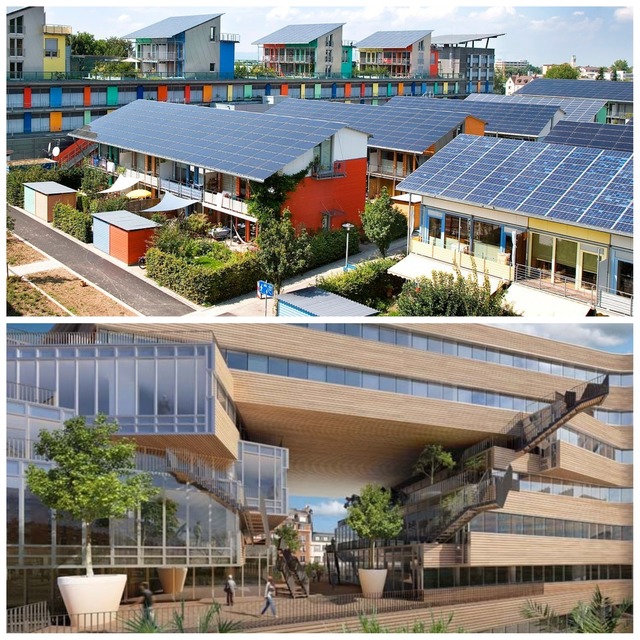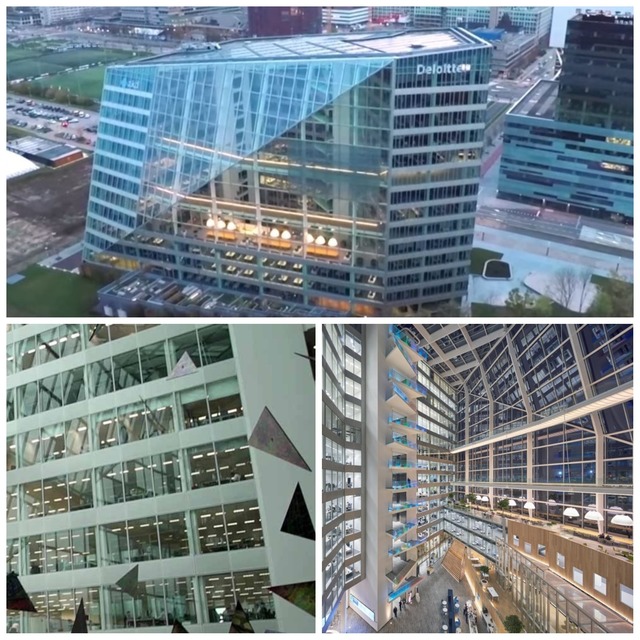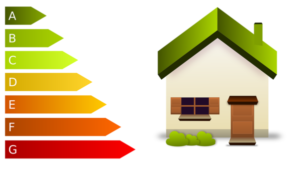Energy efficiency in buildings is one of the key points to meet the objective of reducing the emission of polluting gases into the atmosphere.
For some years now, this type of certificate has been mandatory for all contracts of sale or lease of real estate. Let’s remember that it is a regulation included in the Royal Decree 235/2013, of April 5.

Qualification, label, certificate, certification. Differences.
Before going into detail it is worthwhile to correctly differentiate these three concepts:
- The rating is a measure that represents the energy efficiency of a building, or a part of it.
- The label is the graphic representation of the rating. It is easily recognizable by its characteristic scale of letters and colors.
- The certificate is the document that, prepared by a competent technician, includes information on the energy characteristics of the building and its corresponding rating.
- Finally, certification is the process by which the certificate is issued.
How to calculate the energy efficiency of a building
For the calculation of the energy rating, specific programs are used where different parameters are introduced.
On the one hand, the location of the building is taken into account and, consequently, the peculiarities of the climate of the area. Standardized conditions of use of the space are also established, which, although they may not be in line with the reality of the building, allow buildings to be compared with each other in a simple way.
Secondly, the main points taken into account are: air temperature (heating and cooling), air quality (ventilation), light levels (lighting), and water temperature (domestic hot water production). These are the so-called technical systems whose consumption comprises the building’s energy demand.
Finally, the constructive and geometric characteristics of the building must be considered. This point includes certain passive systems that, without consuming energy, influence the energy performance of the building. An example would be thermal insulation.

What is the greenhouse gas emission of a building?
When we say that a building emits gases into the atmosphere, we are not only considering direct emissions, but also the emissions generated to produce the energy demanded.
As we all know, the electricity that reaches companies and homes is generated by different means (gas, nuclear, coal, etc.). Therefore, electricity consumption is assigned an emissions value based on the country’s energy mix, which is updated periodically.
In turn, direct consumption of primary sources, such as natural gas, has standardized gas emission tables.
Energy classification of a building
Depending on the value of greenhouse gas emissions, both direct and as a result of the non-renewable primary energy required to meet the needs of the dwelling, expressed in Kg of CO2/m2, a letter is assigned that represents the energy rating of that dwelling.

Similar to the energy label for electrical products, the rating ranges from A (most efficient) to G (least efficient). Where a class A building consumes about 90% less energy than a G building.
Energy certificate with “A” rating. Indispensable in 2050
And it is in that year that the deadline has been set for all buildings in the European Union to obtain the maximum energy efficiency rating according to the agreement approved by the European Parliament on April 16, 2018.
There is no doubt that this type of resolution will involve a package of measures, most likely via the budget, to address the renovation of buildings. Renovation that looks set to be more than important, especially if we take into account that the majority of current buildings are in the E, F and G ranges, the lowest in the table.
The role of lighting in the energy efficiency of buildings
On countless occasions we have commented on the important role that LED lighting plays in the development of an energy sustainable environment. With new efficiency requirements being imposed in the near future, there is no doubt that the relevance of this technology will be even greater.
| Comparison between fluorescent and LED | |||||
| Two fluorescent tubes with conventional ballast | Two fluorescent tubes with electronic ballast | Two LED T8 tubes directly at 220V | |||
| Consumption Tubes (2x58W) Conventional ballast Total | 116W 30W 146W | Consumption Tubes (2x51W) Electronic Ballast 11W Total | 102W 11W 113W | Consumption T8 tubes (2x24W) Total | 48W 48W |
| Savings obtained | 23% | 63% |
On the other hand, the development of intelligent lighting technologies that make it possible to dynamically adjust the lighting levels of spaces to the requirements of each moment, in addition to automatic switching on and off, will help to maximize savings.

